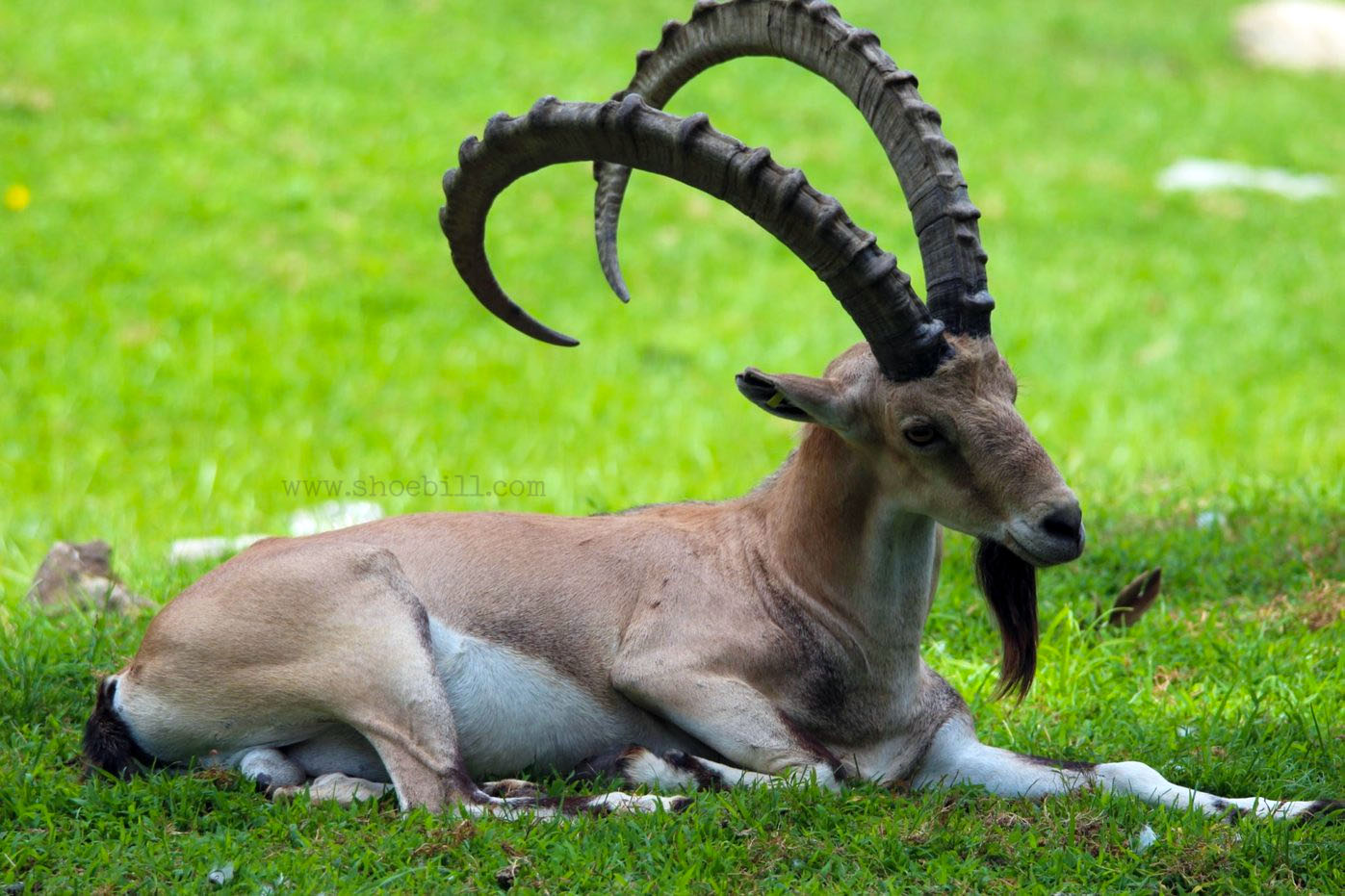Nubian Ibex

The Nubian ibex is a wild goat species native to the mountainous regions of the Middle East and North Africa. They have distinctive curved horns that can grow up to three feet long in males and are used for territorial fights during mating season. These agile creatures are expert climbers, able to scale steep cliffs and rocky outcroppings with ease. Unfortunately, their populations have declined due to habitat loss and hunting, and they are now considered a vulnerable species. Conservation efforts are underway to protect these amazing animals from further decline.
The Nubian ibex (Capra nubiana) is a species of wild goat native to mountainous regions of northeastern Africa and the Arabian Peninsula. Here’s a description of its distribution by country:
- Egypt: Nubian ibexes are found in the mountainous areas of the Sinai Peninsula in Egypt, particularly in rugged terrain and rocky slopes.
- Sudan: Nubian ibexes inhabit parts of Sudan, particularly in the eastern regions bordering Egypt and Eritrea, where mountainous habitats provide suitable terrain for these agile climbers.
- Eritrea: Nubian ibexes are also found in Eritrea, particularly in the highlands and mountainous regions of the country.
- Ethiopia: Nubian ibexes are present in certain areas of Ethiopia, particularly in the northern regions bordering Eritrea and Sudan, where mountain ranges provide suitable habitat.
- Israel, Jordan, Saudi Arabia, Oman: In addition to their distribution in Africa, Nubian ibexes are also found in several countries on the Arabian Peninsula, including Israel, Jordan, Saudi Arabia, and Oman. They inhabit mountainous regions and rocky outcrops in these countries.
Nubian ibexes are well-adapted to their rocky habitats, with sharp hooves and excellent climbing abilities that allow them to navigate steep cliffs and rocky terrain. They are herbivorous, feeding on a variety of vegetation found in their mountainous habitats. Despite facing some threats such as habitat loss and hunting in certain areas, Nubian ibex populations are generally stable, and conservation efforts are in place to protect their habitats and ensure their long-term survival.

